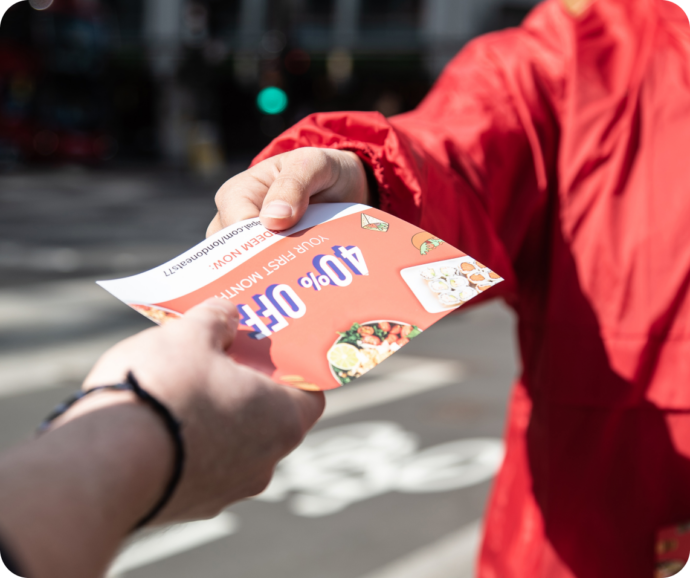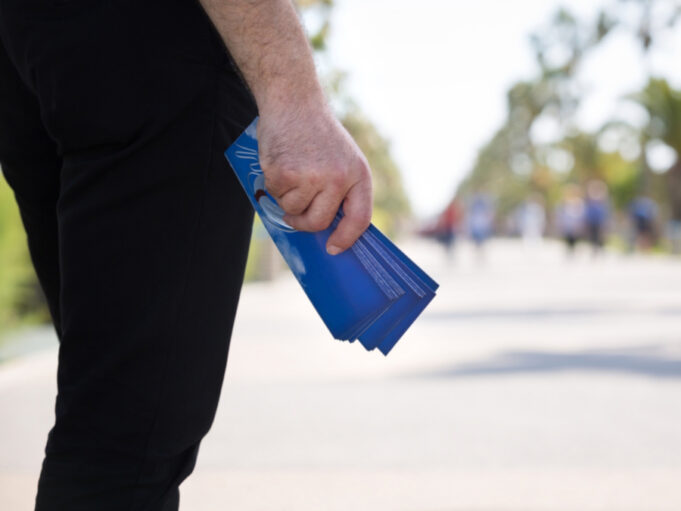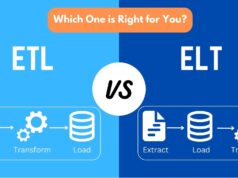The vast world of marketing is ever-evolving, with strategies constantly adapting to the changing landscape of consumer behavior. While the digital age has ushered in a plethora of online marketing tools, it’s essential not to overlook the power and relevance of traditional methods. Among these, leaflet distribution stands out as a timeless and effective approach.
Leaflet Distribution

At its core, is the dissemination of promotional materials, often in the form of paper leaflets, to a targeted audience. This method has roots that trace back to ancient civilizations, where messages were spread using papyrus or other early forms of paper. Over the centuries, the basic concept has remained consistent, even as the materials and techniques have evolved.
Here are several types of leaflets, each with its unique purpose:
- Promotional: Highlighting sales, offers, or events.
- Informational: Providing details about a product, service, or cause.
- Instructional: Offering step-by-step guides or how-tos.
Fun Fact: The earliest known use of leaflets for promotional purposes dates back to the 15th century, shortly after the invention of the printing press!
The Tangible Appeal
In an age dominated by screens, the tactile experience of holding a physical leaflet offers a refreshing change. This sensory engagement can create a more profound connection between the brand and the consumer. When someone physically touches a physical copy, it establishes a direct link, making the message more memorable.
With the digital realm becoming increasingly crowded, there’s a genuine risk of consumers experiencing digital fatigue. Leaflets can cut through this noise, offering a tangible reminder of a brand’s presence and offerings.
Pro Tip: Use high-quality paper and engaging visuals to make your leaflet stand out and leave a lasting impression.
Targeting the Right Audience
One of the significant advantages of leaflet distribution is the ability to target specific locations. Whether it’s a particular neighborhood, city, or event, brands can ensure their message reaches the right people. This locational targeting is further enhanced by tailoring content to resonate with specific demographics, such as age groups, interests, or lifestyles.
Personalization plays a pivotal role in modern marketing. With leaflets, brands can:
- Include personalized offers or discounts.
- Address the recipient by name, if possible.
- Highlight products or services based on previous interactions or purchases.
Measuring Effectiveness

While digital marketing boasts of real-time analytics, leaflet distribution isn’t far behind in its measurability. Brands can track distribution areas, gather feedback, and even use unique codes to measure redemption rates. Assessing conversion rates and return on investment (ROI) is crucial to understand the campaign’s success.
Some methods to measure effectiveness include:
- Unique discount codes exclusive to the leaflet.
- Feedback forms or surveys asking how the customer heard about the offer.
- Observing foot traffic increases after a distribution campaign.
Comparing these results with digital campaigns can offer insights into which method is more effective for specific goals or demographics.
Integration with Digital Marketing
Leaflet distribution and digital marketing aren’t mutually exclusive. In fact, combining the two can lead to a more comprehensive and impactful campaign. For instance, incorporating QR codes on leaflets can direct users to a website, video, or online offer. Similarly, short links can guide interested parties to a brand’s online presence.
Furthermore, once a potential customer has engaged with a leaflet, brands can continue the conversation online. This might be through targeted ads, email campaigns, or social media engagement, ensuring the initial connection made is nurtured and developed.
Sustainability and Eco-Consciousness
In today’s world, where environmental concerns are at the forefront of many discussions, it’s crucial to address the sustainability of leaflet distribution. Yes, it involves paper, but that doesn’t mean it can’t be eco-friendly. Many companies are now opting for sustainable printing practices, using recycled paper or materials that are easier to decompose.
Brands can enhance their environmental appeal by:
- Using eco-friendly inks and dyes.
- Promoting their commitment to sustainability on the leaflet itself.
- Encouraging recipients to recycle or reuse the leaflet.
Fun Fact: Some innovative companies are even using seed-infused papers for their leaflets. Once read, these can be planted to grow into flowers or herbs!
Navigating Challenges

Like any marketing strategy, leaflet distribution comes with its set of challenges. Distribution logistics can be complex, especially when targeting vast or densely populated areas. Costs can also escalate if not managed efficiently.
To ensure the effectiveness of campaigns:
- Focus on design and content relevance. A well-designed leaflet with a clear message is more likely to engage the recipient.
- Distribute during times when your target audience is most active.
- Collaborate with local businesses or events for joint distribution efforts.
Pro Tip: To avoid contributing to litter, consider partnering with local newspapers or magazines to have your leaflet included as an insert.
Future Prospects
While the digital realm continues to grow, the role of traditional marketing methods like leaflet distribution remains significant. The key lies in the synergy between traditional and digital. As brands find innovative ways to integrate the two, we can expect leaflet distribution to adapt and evolve.
Potential adaptations include:
- Augmented Reality (AR), where scanning the leaflet with a smartphone brings it to life.
- Integration with smart home devices, allowing users to scan a code and get instant voice-based information.
- More interactive designs, incorporating elements like pop-ups or scratch-off sections.
FAQ
Aren’t leaflets just a waste of paper?
Not necessarily. With sustainable printing practices and recycled materials, they can be eco-friendly. Plus, their tangible nature can offer a unique engagement that digital methods might miss.
How do I ensure my leaflet doesn’t end up in the trash?
Focus on compelling design, clear messaging, and targeted distribution. Offering incentives, like discounts or freebies, can also increase engagement.
Is leaflet distribution still relevant with so many digital ads around?
Absolutely! While digital ads are prevalent, the tangible nature of physical copies offers a different kind of engagement, often standing out amidst digital ad saturation.
Conclusion

Leaflet distribution, with its rich history and adaptability, continues to be a valuable tool in the marketer’s arsenal. Its tangible nature, combined with the ability to target specific demographics, offers a unique engagement opportunity. As we move forward, the integration of traditional and digital methods will be paramount. Brands that harness the strengths of both are likely to see the most success. In the end, it’s not about choosing one over the other but finding the right balance to achieve marketing goals. Embrace the tangible appeal of leaflets and watch your brand’s message soar!















